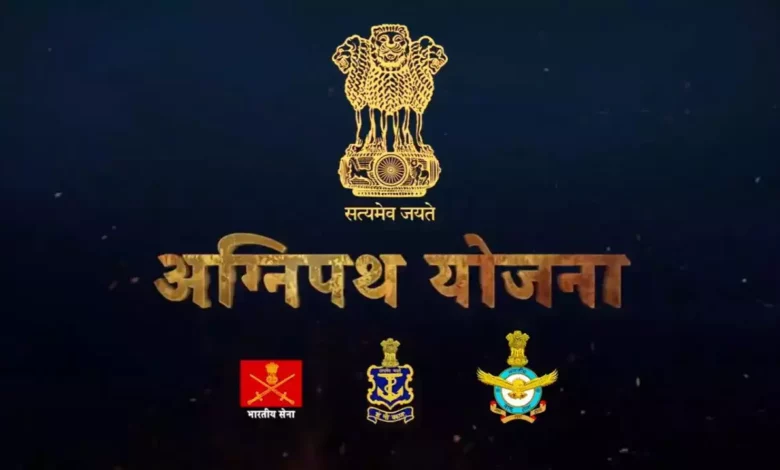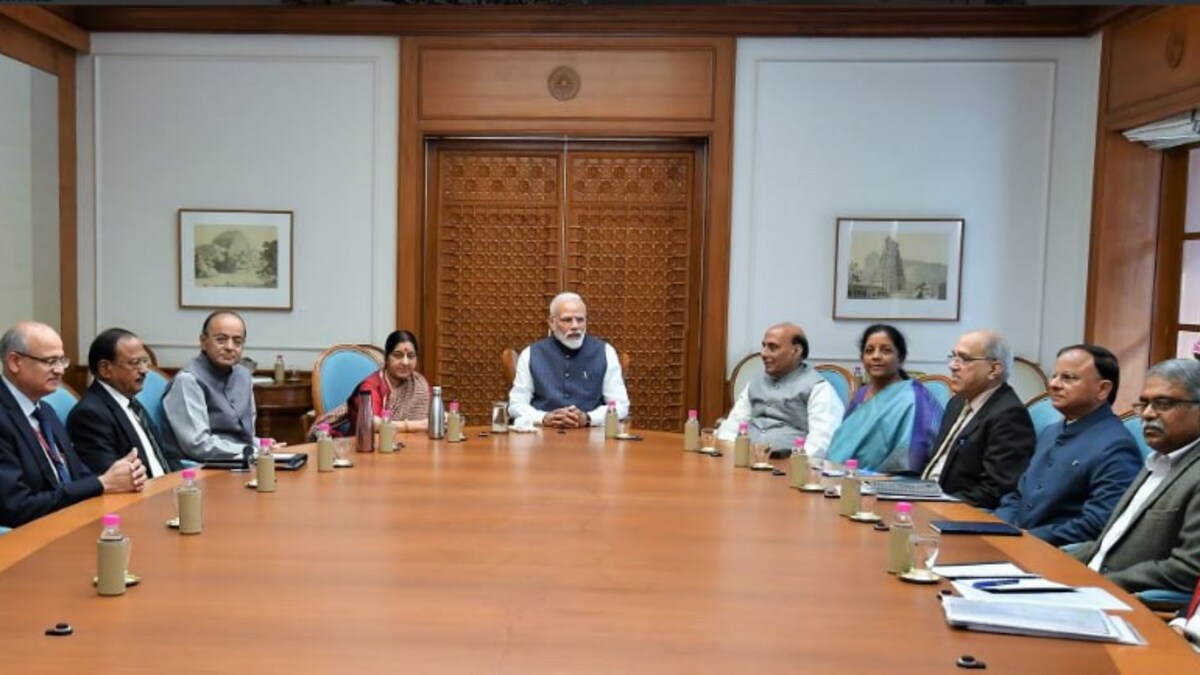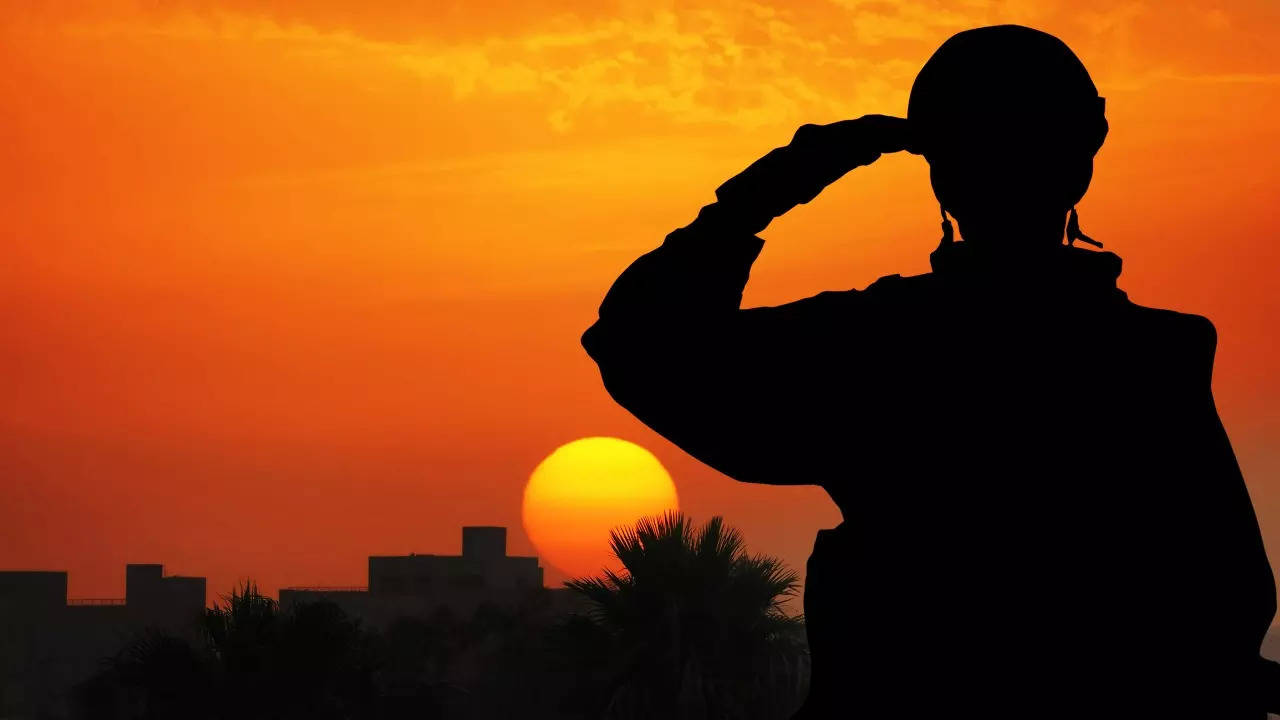What are Agnipath and Agniveer, and how do they work? Here is all the information you need.

What are Agnipath and Agniveer, and how will they work? Here’s all the information you need.
The Cabinet Committee on Security (CCS), led by Prime Minister Narendra Modi, gave the go-ahead for a new way to join the Indian Armed Forces earlier this week.

Objective
Once the plan is in place, it will lower the average age of the Indian Armed Forces and stop the rising cost of pensions. This is because a big part of the budget went to salaries and assistance, and long-awaited plans to update the armed forces were being put off.
It doesn’t seem like a good idea to do a tour of duty. Please be careful. But it looks like the government is set on getting its way. If that’s the case, it’s time to consider how this decision will affect the future.
Young men and women between the ages of 17 and a half and 21 will be able to join the Army if they pass all the tests and will be called “Agniveers” from then on. These people will be hired directly through schools or recruitment rallies. However, they will only serve four years and not get a pension.
For Women
Male recruits will join the Indian Army, but officials say that women can join the Indian Navy and Indian Air Force as Agniveers.

Training
The first six months of their four-year term will be spent on rigorous training, and the remaining 3.5 years will be spent doing actual work.
Officials say that training for those joining the Army will last between 10 weeks and six months, and training for those entering the Navy will last almost 16 weeks, with two weeks at sea.
For the IAF, they have to meet all of the medical requirements set out for joining, which is different for each category or trade.
Vice Admiral Biswajit Dasgupta, the Flag Officer Commanding in Chief for the Eastern Naval Command, told the media that the Indian Navy‘s “Agniveer” program would have 16 weeks of basic training. And, two weeks of training at sea and 16 weeks of training as a professional.”
Officials said earlier this week that 25 per cent of these recruits would be taken into the Armed Forces for 15 years if they are the best performers and are motivated. After that, they will get all the benefits of a regular soldier serving in the forces. The other 75% will be sent back at the end of four years.
How many should each service try to get?
So, in the first part of the new system, about 46,000 young boys and girls will be recruited. There will be soldiers, airmen, and soldiers among these people. The government plans to hire up to 59,000 more people over the next four years.
In the last two years, there has been a shortage of people in the armed forces. This recruitment process will help the Indian Army add about 40,000 soldiers in the first phase.
About 3,000 people will join the Indian Air Force (IAF), and about 3,000 will join the Indian Navy.
Because of the COVID-19 global pandemic, recruitment rallies couldn’t happen for almost two years. However, through the “Agnipath” plan, the recruits will rise to 46,500 in the second year. The number of people joining the Army and Navy will stay the same, but the number of people entering the IAF is expected to rise to 3,500.
In the third year, the number of recruits will rise to around 52,400. The Army will get 45,000 new people, the Navy will stay the same, and the IAF will get 4,400.
In the fourth year of the plan, the number of participants will rise to about 58,000. The Army will take in 50,000, the Navy will take in 3,500, and the IAF will take in 5,300, which is a big jump from the first year.
Salary Plan
This week, the government said that by the Agniveer’s fourth year, their salary would be around Rs 40,000 per month, and the government will add to the corpus fund, which will be their severance pay of around Rs 11,36 lakh when they leave. As promised, the soldiers will put almost 30% of their salary into the corpus, and the government will also put in the same amount. In addition, these recruits will be helped to get loans for further education and will be rewarded with higher education credits and other “bridging” courses once their duty is over.
The Ministry of Skill Development will give out skill certificates.
Financial Express Online has already said that the recruits will get different kinds of training throughout their time in the service they join. The three services will keep track of this by keeping a digital database of these Agniveers.
Women will be able to join the Armed Forces no matter their class, and they will have their rank and insignia.
How will you judge them?
A robust assessment system is being made, and this will be used to keep track of how the Agniveers are doing.
The government is already talking with the Ministry of Skill and Development and Entrepreneurship about giving Agniveers a certificate that shows how skilled they are in a particular set of skills.
As Financial Express Online reported earlier, when Defence Minister Rajnath Singh announced the scheme on Tuesday, he said that the government is in talks with other ministries to ensure that when Agniveers finish their service, they will be given preference when they look for jobs.
People who have served in the Army, air force, or Navy for four years will also be given preference in the Assam Rifles and Paramilitary Forces.
Under the transformational plan, sailors, soldiers, and airmen will be hired, but the medical branch’s technical cadre will not. This is open to people who work in stores, trades, as clerks, as nursing assistants, or in General Duty.

The upper age limit for Agniveer has been changed to 23 years, and recruitment will start soon.
The government just started the Agneepath or Agnipath Scheme to change how the Armed Forces recruit new members. However, the new plan for getting people into the military has been criticized, so the Centre has decided to change the age limit for Agniveers.
Center announced on June 16, 2022, that the upper age limit for Agniveers hired through the Agnipath Scheme had been raised from 21 to 23 years with a one-time waiver.
In an official statement about the Agnipath Scheme, the Defense Ministry said that the upper age limit had been waived once because there have been no recruits in the last two years. Experts think the decision was made because there have been protests about Agnipath in many different parts of the country.
A PIB statement said, “The government has decided that the proposed hiring plan for 2022 will get a one-time exemption. So, the Agnipath scheme’s recruitment process for 2022 will only accept people at least 23 years old.”
Agnipath is a plan to get more people into the Indian Army, Indian Navy, and Indian Air Force. It hopes to add 46,000 soldiers to the Indian Army, Indian Navy, and Indian Air Force (IAF). After the program started, the age range for recruits, or Agniveers, was set at 17 to 21. But now, it has been said that this one-time waiver or extension until age 23 will happen.
Since it started, the Agneepath Scheme has completely split up different parts of the population. Some people liked the plan, but others wondered what would happen to Agniveers after their four-year term. People also protested a lot in places like Bihar, Rajasthan, Gurugram, etc., because the Agnipath Recruitment Scheme only gave people jobs for a short time.
Edited by Prakriti Arora




